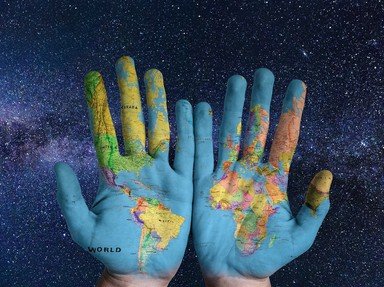Quiz Answer Key and Fun Facts
1. Which Canadian women's rights activist, one of the "Famous Five", became the first female magistrate in Canada in 1916?
2. Winner of the 1992 Nobel Peace Prize, which Guatemalan Indian rights activist became a UNESCO Goodwill Ambassador in 1996?
3. Which pioneer of computer programming left her job at Vassar to join the US Navy Reserve during WWII?
4. Which American obstetrical anesthesiologist gave her name to the method she developed for assessing newborn babies' health?
5. Nominated to the Supreme Court by President Obama in 2009, which of the following became the first Hispanic Supreme Court Justice?
6. Nicknamed "Las Mariposas" (The Butterflies), the Mirabal sisters actively participated in the resistance against the dictatorship of Rafael Trujillo in which Caribbean country?
7. Kenojuak Ashevak was appointed as a Companion of the Order of Canada in 1982 and inducted into Canada's Walk of Fame in 2001 because of her work as a pioneer of which type of art?
8. The first Latina to be inducted into the National Women's Hall of Fame, which of the following co-founded the National Farm Workers Association with Cesar Chavez?
9. Important for her role in the women's movement in Canada, which women's rights activist became the first female editor of the magazine, "Chatelaine", in 1957?
10. Sometimes it is not an individual woman who makes a difference, but a group of women. The Grandmothers of the Plaza de Mayo is a human rights group known for their efforts and successes in finding the children kidnapped or stolen during the dictatorship of Jorge Rafael Videla in which South American country?
Source: Author
tiffanyram
This quiz was reviewed by FunTrivia editor
gtho4 before going online.
Any errors found in FunTrivia content are routinely corrected through our feedback system.
